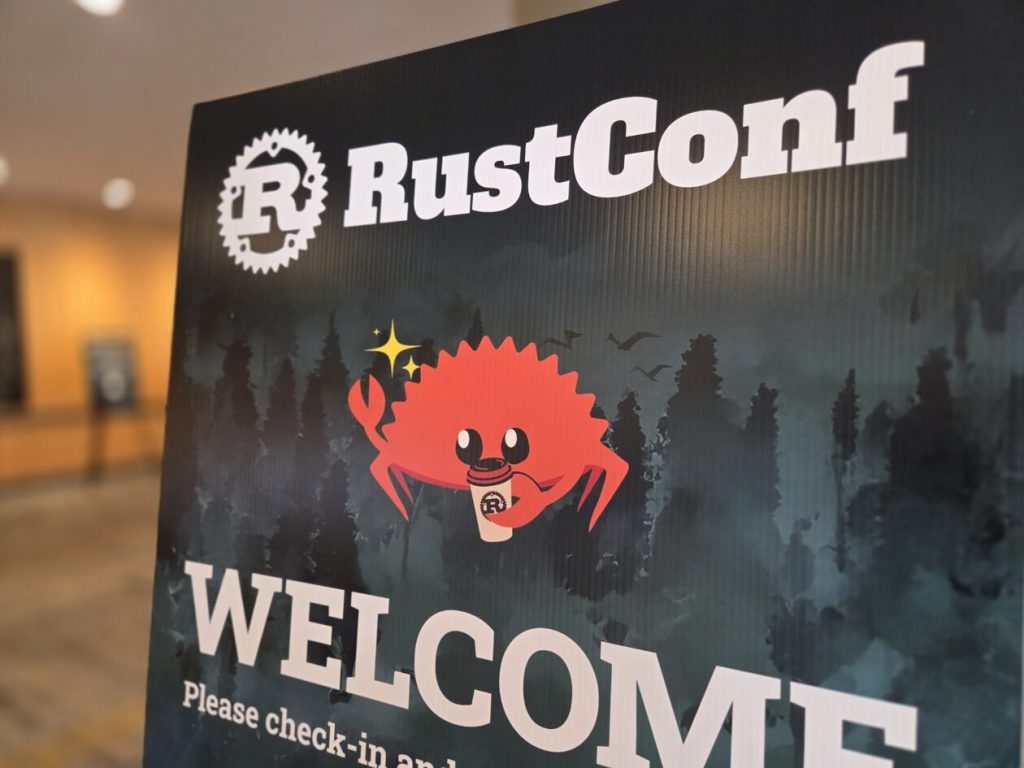Rust’s Rise: From Quirky Project to Corporate Staple
The Changing Landscape of Programming Security
In September 2022, Mark Russinovich, Microsoft Azure’s CTO, sent ripples through the software development world with a single tweet. His message was clear and unexpected: developers should avoid C and C++ for new projects requiring memory safety, recommending Rust instead—a modern open-source language with an orange crab mascot. The recommendation was so surprising that even Microsoft CEO Satya Nadella emailed Russinovich to confirm he was serious. At RustConf 2025 in Seattle, Russinovich explained his rationale: for two decades, approximately 70% of Microsoft’s security vulnerabilities stemmed from memory safety issues, precisely the type of bugs that Rust was designed to prevent. “No matter how much we really want to make C and C++ better,” Russinovich told the audience of developers, “we can’t make it as good as what Rust starts with.” This sentiment reflects a growing consensus across the tech industry that memory-safe languages are critical for modern software security.
From Mozilla Research to Corporate Infrastructure
The journey of Rust from an experimental project at Mozilla Research in the mid-2000s to a strategic component for tech giants marks one of programming’s most remarkable transformations. Microsoft has integrated Rust deeply into its products—Windows users can now find Rust code running in their System32 directory as “win32kbase_rs.sys.” This adoption extends beyond Microsoft, with Amazon, Google, and Arm also embracing the language. At RustConf 2025, which celebrated the 10th anniversary of Rust’s first stable release, more than 600 in-person attendees and thousands of online participants gathered to discuss both success stories and implementation challenges. The conference highlighted Rust’s evolution from a cult favorite to critical infrastructure, while also addressing the practical realities of adoption in large organizations.
The Cost and Benefits of Adoption
Adopting Rust in established organizations comes with significant challenges. Amazon engineer Russell Cohen cautioned during his conference session that introducing Rust is “wildly expensive,” involving not just learning a new language but an entire ecosystem. His experiences at Amazon revealed that teams without a Rust expert were 40% more likely to abandon Rust projects. The learning curve typically spans about three months, with a particularly difficult period in the middle when developers confront the “borrow checker”—Rust’s strict memory management system. “There is some deep-soul searching with the borrow checker, some dark places,” Cohen explained. “And this is where people either push through and learn to think in Rust, or they give up.” Cohen’s recommendation is to adopt Rust only when it provides an order-of-magnitude improvement, citing Amazon’s Fire TV team’s success in reducing memory usage by 10x as justification for the transition costs.
Developer Experience and Community Support
Part of Rust’s appeal lies in its developer-friendly approach. Aaron DeVore, a software developer who has attended RustConf since its early days, contrasted Rust with C++: “You type one thing wrong [in C++], and you get this page full of errors” with little explanation. Rust, however, guides developers through problems. The community considers confusing error messages as bugs in the compiler itself. “Rust is like, oh, yeah, you probably want to change this,” DeVore noted. “And here’s exactly where the error came from.” This supportive ecosystem is now formalizing its structure. Rebecca Rumbul, the Rust Foundation’s executive director and CEO, announced two significant developments at the conference: the launch of the Rust Innovation Lab to provide a home for funded projects (with Rustls, a critical security library, as its first member) and Arm’s upgrade to Platinum membership level, representing a major financial commitment to the language’s future.
Balancing Community and Corporate Interests
As corporate involvement grows, Rust faces the challenge of balancing its passionate open-source community with its new corporate backers. Scott McMurray, a Rust Foundation board member, explained that the foundation’s structure creates a firewall designed to give the community “its own unique voice, distinct from the companies.” This balance aims to serve both large corporations and individual enthusiasts, like developers passionate about using Rust on niche platforms that major companies might overlook. The community spirit remains central to Rust’s identity, as highlighted by Nell Shamrell-Harrington of Microsoft in her keynote. She recalled how the community rallied in 2020 when she and many Rust team members were laid off from Mozilla. “I was stunned at the outpouring of support from our community,” she shared. “I cannot think of any other instance in my professional career where I felt so seen and I felt so supported.”
Looking to the Future
With widespread adoption achieved, the Rust community now faces the question of where to go next. Nicholas Matsakis, co-lead of the Rust language design team and senior principal engineer at Amazon Web Services, reflected on this challenge during the closing keynote. For years, the project focused on solving developers’ problems and expanding adoption because survival depended on it. Now that Rust has succeeded, the path forward requires deeper consideration. “What is Rust’s mission in the world? I mean, are we just here to make every single program be written in Rust? Like, OK, maybe,” Matsakis joked, before adding more seriously, “But hopefully not. We want to find where Rust really adds value, and double down on that.” This thoughtful approach to Rust’s future suggests that as the language continues to mature, its community and corporate supporters will need to collaborate to define its role in an ever-evolving software landscape—balancing security, performance, and developer experience while maintaining the supportive community that has been key to its success.


